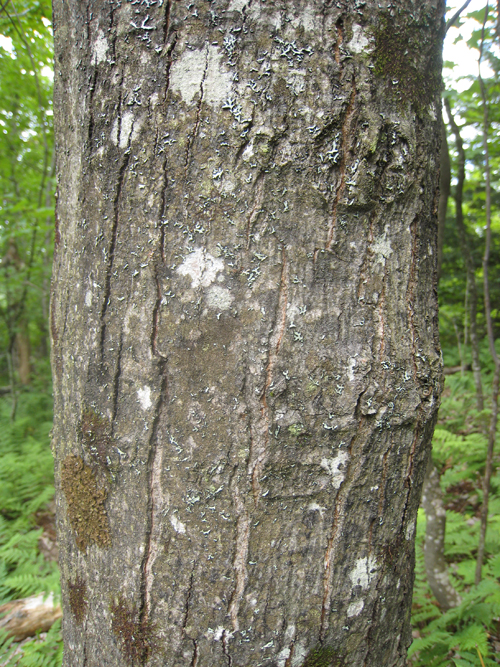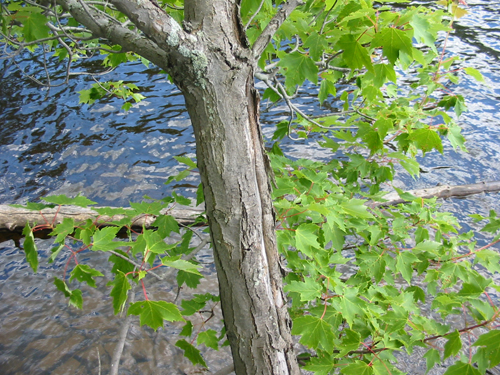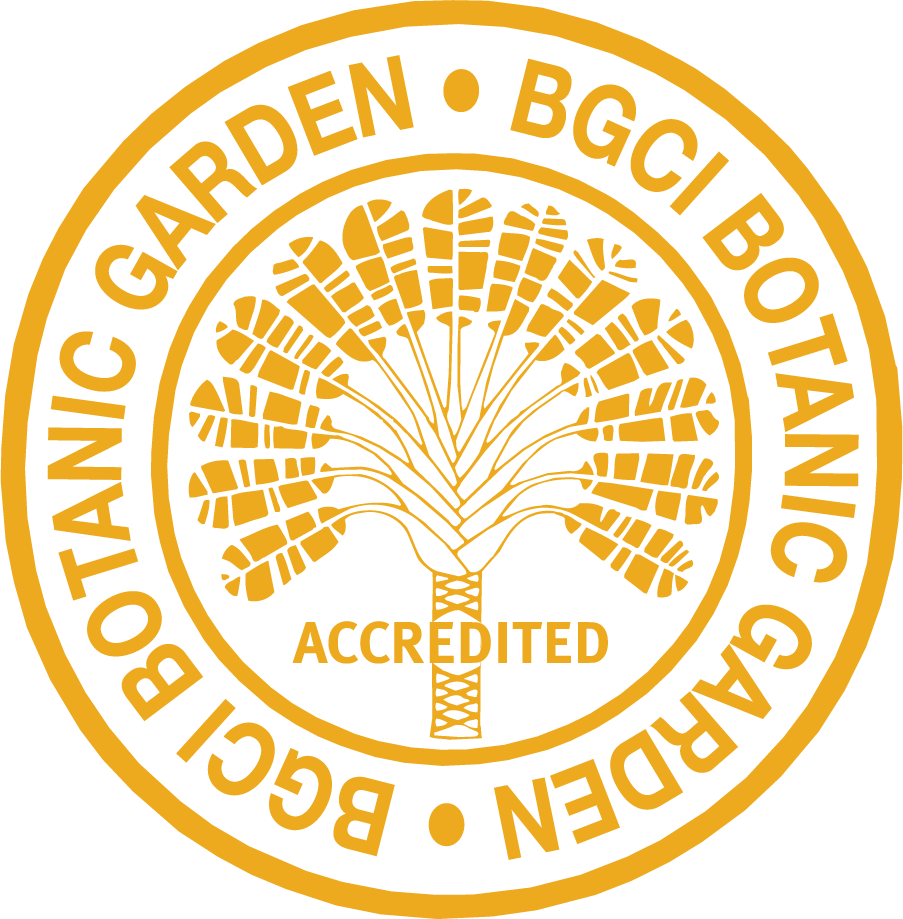red maple - Acer rubrum
This well-known maple species has strong and uniform wood that is commonly used to make furniture, crates, and flooring. The leaves can be distinguished from sugar maple and silver maple by the sharp ‘V’ shape notches that separate the 3-5 lobes on each leaf. Other similar maple leaves have a ‘U’ shaped notch. These leaves turn a stunning shade of scarlet in the fall. Early colonists boiled the bark of the red maple to make a dark red ink.

The 3-5 palmate lobes of the red maple. Note the sharp ‘V’ notches.

Red maple is considered a “soft maple”, due to its softer, more porous wood compared to "hard" species such as the sugar maple. Photo by Brian Lacey.

This young red maple's bark is becoming ridged.

Red maple has spectacular red to yellow leaves in the fall.

Ontario Tree Atlas map of non-planted Red Maples. 1995-1999.
Return to tree listing page [1]
References
Farrar, J.L.. 1995. Trees in Canada. Fitzhenry & Whiteside Ltd. Toronto. ON. 504 pp.
Kershaw, L. 2001. Trees in Ontario: Including tall shrubs. Lone Pine Publishing. Edmonton. AB. 240 pp
Muma, W. 2011. Ontario Trees and Shrubs. [Online] Available: www.ontariotrees.com
OMNR, 2011. Ontario Ministry of Natural Resources: Ontario Tree Atlas. [Online] Available: http://www.mnr.gov.on.ca/en/Business/ClimateChange/2ColumnSubPage/267027.html
OMNR, 2008. Ontario’s Biodiversity: Species at Risk.

